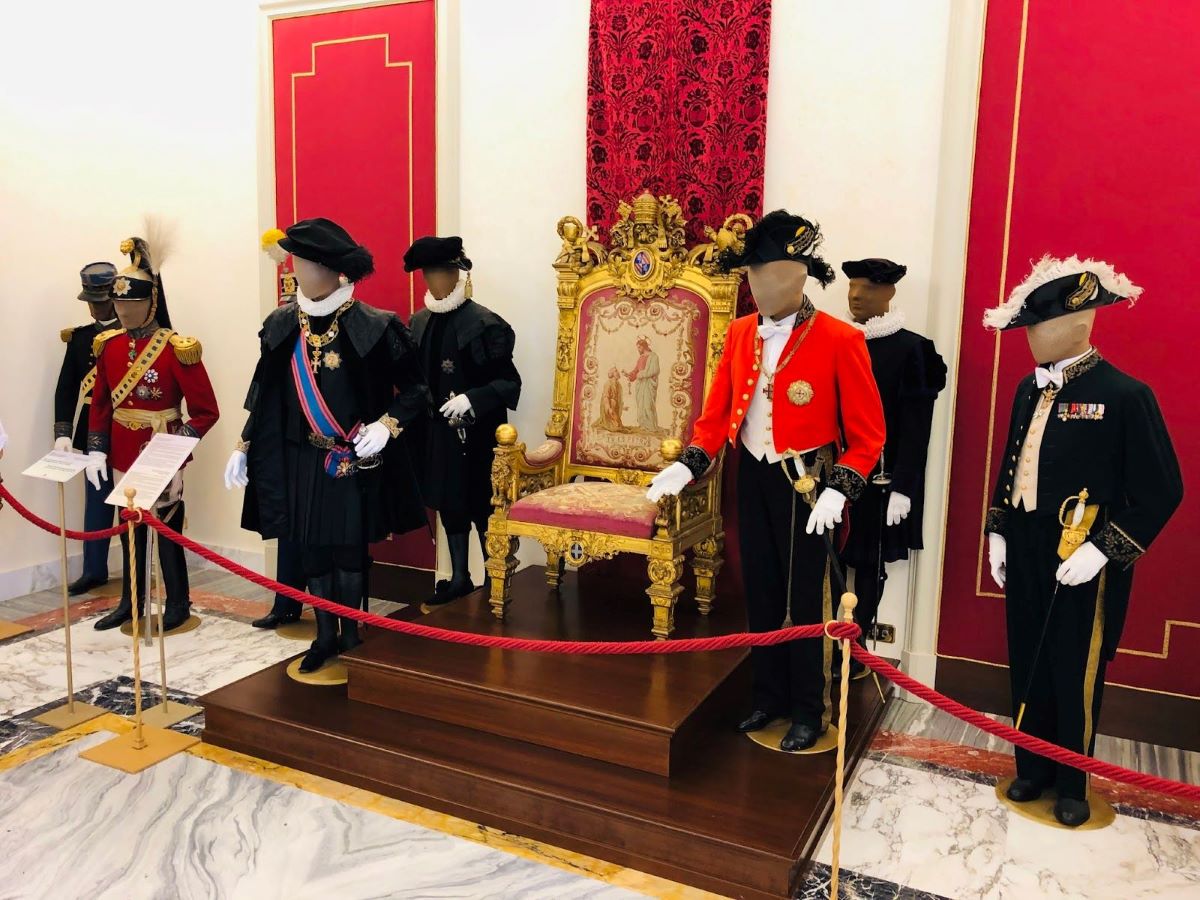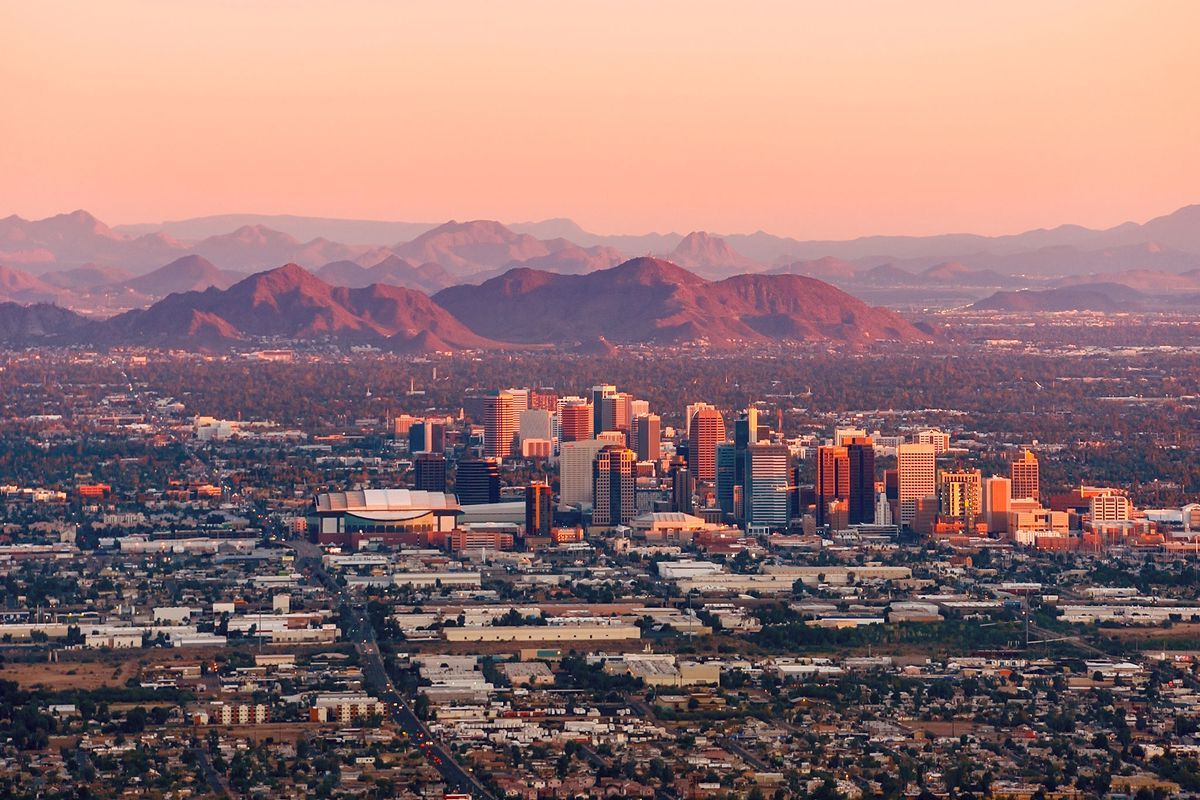
Ever wondered what goes on behind the scenes at the Papal Court? The Papal Court, also known as the Pontifical Household, is a fascinating blend of tradition, ceremony, and history. This unique institution supports the Pope in his spiritual and administrative duties, ensuring the smooth operation of the Vatican. From the Swiss Guards' colorful uniforms to the intricate rituals of papal ceremonies, the Papal Court is steeped in centuries-old customs. But what exactly makes it so special? In this blog post, we'll uncover 20 intriguing facts about the Papal Court that will give you a deeper understanding of its inner workings and rich heritage. Get ready to be amazed by the secrets and stories that make this institution truly one-of-a-kind!
The Papal Court: A Historical Overview
The Papal Court, also known as the Roman Curia, has a rich history that spans centuries. It serves as the central governing body of the Catholic Church. Here are some intriguing facts about its history and functions.
-
The Papal Court dates back to the early days of Christianity, evolving over time to become the complex institution it is today.
-
The term "Curia" comes from the Latin word for "court" or "assembly," reflecting its role in church governance.
-
The Roman Curia assists the Pope in his pastoral and administrative duties, ensuring the smooth operation of the Catholic Church worldwide.
Structure and Organization
The Papal Court is organized into various departments, each with specific responsibilities. This structure helps manage the vast array of tasks required to run the global church.
-
The Secretariat of State is the most important department, handling diplomatic relations and internal church affairs.
-
The Congregation for the Doctrine of the Faith oversees doctrinal issues, ensuring that church teachings remain consistent.
-
The Congregation for Bishops is responsible for the appointment of bishops around the world.
-
The Apostolic Penitentiary deals with matters of conscience, including absolution and indulgences.
-
The Congregation for the Causes of Saints manages the process of canonization, determining who becomes a saint.
Roles and Responsibilities
Each member of the Papal Court has specific duties, contributing to the overall mission of the church. These roles are crucial for maintaining order and upholding church traditions.
-
The Pope, as the head of the Papal Court, has the final say on all matters and provides spiritual leadership to Catholics worldwide.
-
Cardinals, often referred to as the Pope's closest advisors, play a key role in electing new popes and advising on important decisions.
-
The Prefect of the Congregation for the Doctrine of the Faith ensures that theological teachings align with church doctrine.
-
The Apostolic Nuncio acts as the Pope's ambassador to various countries, fostering diplomatic relations.
Significant Events and Changes
Throughout history, the Papal Court has undergone numerous changes and faced significant events that have shaped its current form.
-
The Avignon Papacy (1309-1377) saw the Papal Court move from Rome to Avignon, France, due to political conflicts.
-
The Great Schism (1378-1417) led to multiple claimants to the papacy, causing a major crisis within the church.
-
The Second Vatican Council (1962-1965) brought significant reforms to the Papal Court, modernizing its structure and practices.
-
In recent years, Pope Francis has introduced various reforms aimed at increasing transparency and accountability within the Curia.
Cultural and Artistic Contributions
The Papal Court has also made significant contributions to art, culture, and architecture, leaving a lasting legacy.
-
The Vatican Museums, established by the Papal Court, house some of the world's most important art collections, including works by Michelangelo and Raphael.
-
St. Peter's Basilica, one of the most iconic churches in the world, was commissioned by the Papal Court and designed by renowned architects like Bramante and Bernini.
-
The Sistine Chapel, famous for its ceiling painted by Michelangelo, serves as the site of the papal conclave, where new popes are elected.
-
The Papal Court has historically been a patron of the arts, supporting artists, musicians, and scholars, contributing to the Renaissance and other cultural movements.
Final Glimpse at Papal Court Facts
Understanding the Papal Court offers a unique peek into history, religion, and culture. From the Swiss Guard's colorful uniforms to the Pope's influence on global affairs, these facts highlight the court's rich tapestry. The Vatican isn't just a religious hub; it's a treasure trove of art, tradition, and diplomacy. Knowing about the Papal Conclave, the Pope's daily life, and the Vatican Library's secrets adds depth to our appreciation of this ancient institution. Whether you're a history buff or just curious, these insights into the Papal Court reveal a world where tradition meets modernity. Keep exploring, and you'll find even more fascinating details about this unique corner of the world.
Was this page helpful?
Our commitment to delivering trustworthy and engaging content is at the heart of what we do. Each fact on our site is contributed by real users like you, bringing a wealth of diverse insights and information. To ensure the highest standards of accuracy and reliability, our dedicated editors meticulously review each submission. This process guarantees that the facts we share are not only fascinating but also credible. Trust in our commitment to quality and authenticity as you explore and learn with us.


